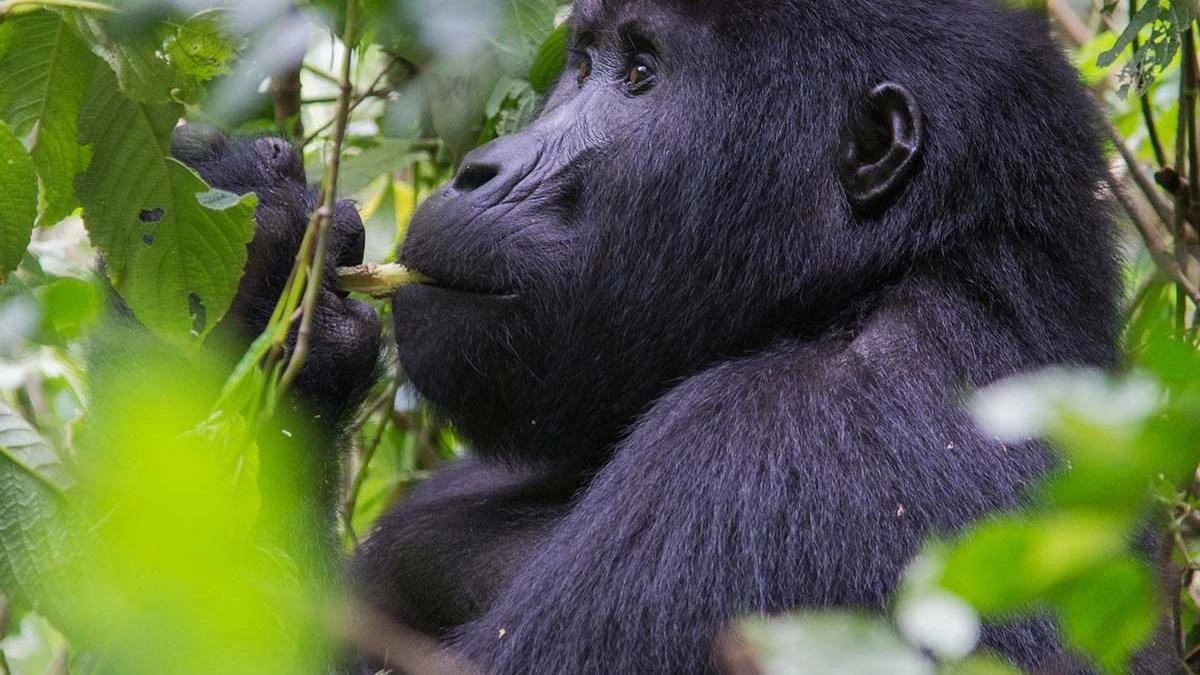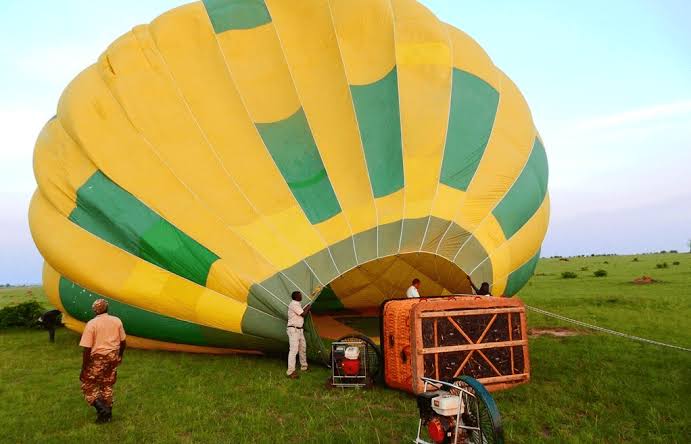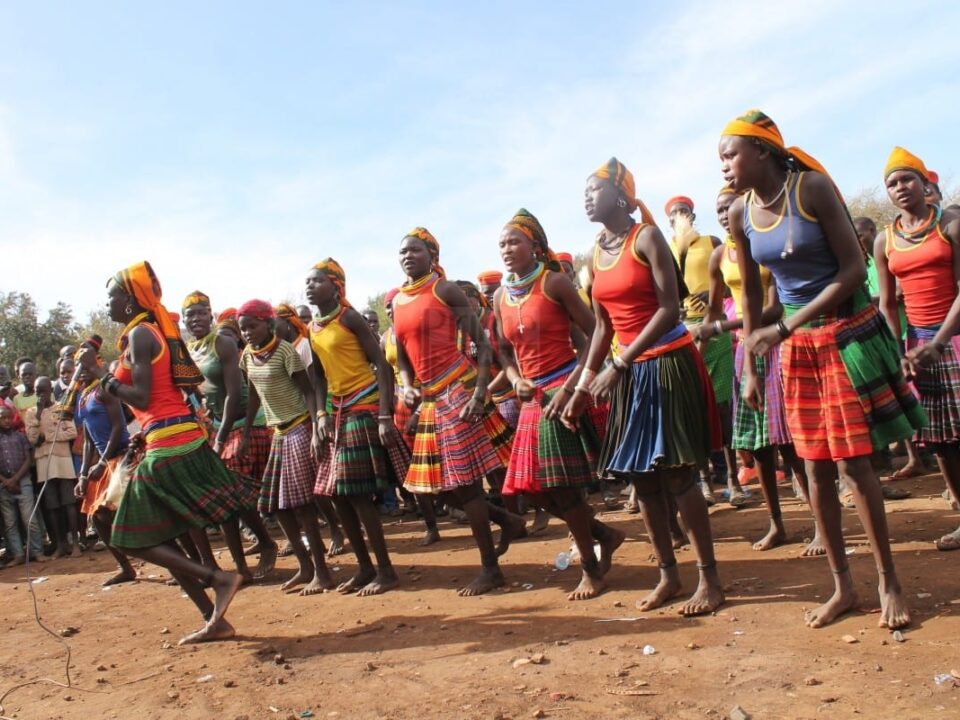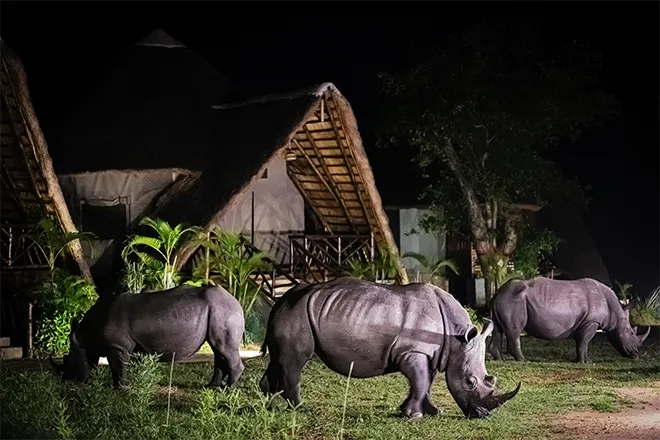- GET IN TOUCH WITH US:
- +256 753518160
- +256 777842166
- info@experiyatourcompany.com

Uganda Gorilla Trekking Tips
November 20, 2025
Uganda Tours for Eco-Friendly Travelers
November 20, 2025Uganda Safari Tips for First-Timers
Planning your first safari in Uganda is an exciting and unforgettable experience. With its rare mountain gorillas, rich wildlife, breathtaking landscapes, welcoming people, and diverse ecosystems, Uganda—famously known as the Pearl of Africa—offers one of the most rewarding safari adventures anywhere in the world. Whether your dream is to witness tree-climbing lions in Queen Elizabeth National Park, cruise the Nile at Murchison Falls, trek chimpanzees in Kibale Forest, or explore the misty jungles of Bwindi in search of gorillas, Uganda offers countless opportunities for incredible exploration.
However, as a first-time traveler, navigating the details of a Uganda safari—what to pack, how to prepare, where to go, what to expect, and how to stay safe—can feel overwhelming. Uganda’s terrain varies from savannah plains to dense rainforest, and its wildlife experiences range from easy game drives to steep gorilla treks. That’s why understanding key safari tips will ensure your trip is comfortable, smooth, and deeply enjoyable.
This detailed blog provides everything first-time safari travelers need to know: planning advice, packing lists, health and safety tips, photography guidance, cultural etiquette, and expert insights to help you make the most of your safari journey in Uganda. Whether you’re coming for a short getaway or an extended adventure, these Uganda safari tips will prepare you for a truly memorable experience.
Understand the Best Safari Destinations in Uganda
Familiarizing yourself with Uganda’s top safari destinations helps you plan better.
Bwindi Impenetrable National Park
Home to nearly half the world’s mountain gorillas. Treks can be steep, but the experience is life-changing.
Murchison Falls National Park
Uganda’s largest park with lions, elephants, giraffes, and the Nile River’s powerful waterfall.
Queen Elizabeth National Park
Known for tree-climbing lions in Ishasha and the famous Kazinga Channel boat safari.
Kibale Forest National Park
The best place in East Africa for chimpanzee trekking.
Lake Mburo National Park
Great for walking safaris, cycling, and wildlife viewing close to Kampala.
Kidepo Valley National Park
A remote, untouched wilderness offering incredible predator sightings and cultural experiences.
Understanding what each park offers helps you choose the perfect itinerary.
Book Permits and Lodges Early
Uganda’s gorilla and chimp trekking permits are limited to protect wildlife, and they sell out quickly.
Gorilla Permit Cost:
Foreign non-residents: $800
Foreign residents: $700
East Africans: UGX 300,000
Chimpanzee Permit Cost:
Kibale: $250
Kyambura: $100
Budongo: $120
When to Book
At least 3–6 months in advance for peak seasons (June–September, December–February).
Lodges in popular trekking sectors like Buhoma, Ruhija, and Nkuringo also fill up quickly.
Understand Uganda’s Weather and Seasons
Uganda is a year-round safari destination, but knowing the seasons helps set expectations.
Dry Seasons (Best for Safaris):
June–September
December–February
Easier trekking, better wildlife sightings, and smoother roads.
Rainy Seasons (Budget-Friendly & Green):
March–May
October–November
Expect lush landscapes but occasional rain and muddy trails.
Your packing and planning should reflect the season you’re traveling in.
Pack Wisely for a Safari
Packing correctly makes your safari more comfortable, especially if trekking gorillas or hiking in forested areas.
Clothing Tips
Wear neutral colors like brown, green, grey, or khaki
Pack lightweight, breathable layers
Include long sleeves and trousers to protect from insects
Bring a warm sweater for cool nights
Carry a waterproof jacket
Footwear
Waterproof hiking boots for gorilla trekking
Comfortable sneakers for lodge use
Flip-flops for evenings
Essential Items
Binoculars
Camera and extra batteries
Insect repellent with DEET
Sunscreen
Reusable water bottle
Lightweight backpack
Portable charger
Packing well ensures smooth travel and comfort during long game drives.
Be Physically Prepared for Gorilla and Chimpanzee Trekking
Gorilla trekking can last anywhere from 1 to 6 hours depending on gorillas’ location. The terrain can be steep, muddy, and uneven.
Tips to Prepare
Do light cardio and regular walking weeks before travel
Strengthen your legs through squats, hikes, and stretching
Hire a porter—this helps greatly on tough trails
Bring trekking poles or use those provided
You don’t need to be an athlete to trek gorillas, but basic fitness makes the experience more enjoyable.
Hire a Porter – It’s Highly Recommended
Porters in Bwindi and Mgahinga help carry your bag, support you on steep sections, and stabilize you on slippery ground. They cost about $20 and offer:
Reduced fatigue
Better balance on steep slopes
Safety and comfort
Support to local communities
Hiring a porter is one of the best decisions first-time trekkers can make.
Follow Gorilla Trekking Etiquette
Protect the gorillas and enjoy a safe encounter by following ranger guidelines.
Maintain 7 meters distance
Do not touch gorillas
Speak calmly and avoid sudden movements
Do not eat or drink near gorillas
No flash photography
Stay in your group
Rangers will guide you, ensuring both safety and a rewarding gorilla experience.
Stay Hydrated and Carry Snacks
Game drives and treks can be long. Always carry:
1–2 liters of drinking water
Energy bars or nuts
Electrolyte tablets during hot weather
Proper hydration prevents exhaustion and altitude fatigue.
Respect Local Culture
Ugandans are friendly and welcoming. First-time travelers should observe simple cultural etiquette:
Greet people politely
Ask before taking photos of locals
Dress modestly in rural areas
Be patient and calm—Uganda moves at a relaxed pace
Respect deepens your connection with local communities and enriches your travel experience.
Understand Safari Vehicle Etiquette
Safari drives are shared experiences, so good etiquette enhances the trip for everyone.
Stay quiet around animals
Avoid sudden movements
Do not stand while vehicle is moving
Give photographers room when animals appear
Listen to the guide—safety first
Wildlife sightings are unpredictable, so patience always pays off.
Expect Varying Travel Times
Uganda’s parks are spread out, and some drives can take several hours.
Examples:
Kampala to Bwindi: 8–10 hours
Kampala to Murchison Falls: 5–6 hours
Bwindi to Queen Elizabeth: 4 hours
Carry snacks, stay hydrated, and enjoy the scenery—Uganda’s landscapes are beautiful and diverse.
Protect Against Insects
Use DEET-based insect repellent
Wear long trousers in evenings
Sleep under mosquito nets provided
Avoid wearing perfumes that attract insects
These simple steps help reduce mosquito bites and discomfort.
Photography Tips for First-Timers
Uganda offers incredible photography subjects: gorillas, chimps, elephants, lions, birds, and scenic landscapes.
Tips
Use a zoom lens (200mm or more)
Carry extra batteries and memory cards
Avoid flash with primates
Protect your camera from rain and dust
Shoot in early morning or late afternoon for best light
Ask your guide to position the vehicle for clear shots—guides know the best angles.
Follow Health and Safety Guidelines
Drink bottled or filtered water
Wash hands regularly
Wear sunscreen
Carry basic first aid
Take malaria prophylaxis (consult your doctor)
Your safari operator will ensure safety on treks and drives, but basic precautions help ensure a worry-free trip.
Trust Your Guides – They Are Experts
Ugandan safari guides are knowledgeable about:
Animal behavior
Local culture
Bird species
Park routes
Weather patterns
They know how to track wildlife, interpret forest signs, and ensure your safety. Trusting your guide enhances your entire experience.
Plan for a Digital Detox
Some parks have limited Wi-Fi and mobile networks. Embrace this as part of the wilderness experience.
Use the time to enjoy:
Nature
Photography
Relaxation
Campfire evenings
Stargazing
Disconnecting deepens your safari journey.
Understand That Wildlife Sightings Are Not Guaranteed
Uganda’s wildlife is wild, not staged. Rangers and guides do their best, but animal encounters vary.
Be patient
Be open-minded
Enjoy the journey as much as the destination
Every safari offers unique surprises.
Choose a Trusted Tour Operator
For first-time travelers, using an expert operator is essential. They will:
Book permits
Arrange transportation
Select suitable lodges
Provide experienced guides
Plan the perfect route
Offer 24/7 support
This ensures a smooth and enjoyable safari.
Book Your Uganda Safari with Experiya Tour Company
For first-time safari travelers looking for a seamless, safe, and unforgettable experience, Experiya Tour Company is your ideal partner. They handle all logistics, permits, lodging, transportation, and expert guiding to ensure your safari is flawless and stress-free. Whether you’re trekking gorillas, exploring savannahs, or enjoying cultural encounters, Experiya ensures you enjoy the best of the Pearl of Africa. Book your Uganda safari with Experiya Tour Company today and start your journey with confidence.




